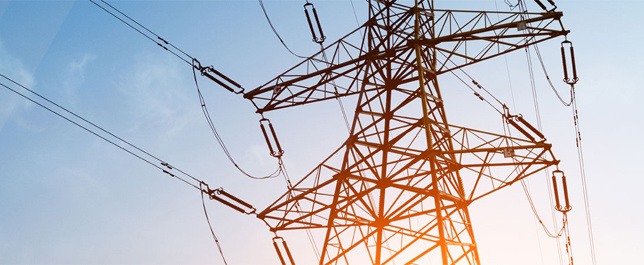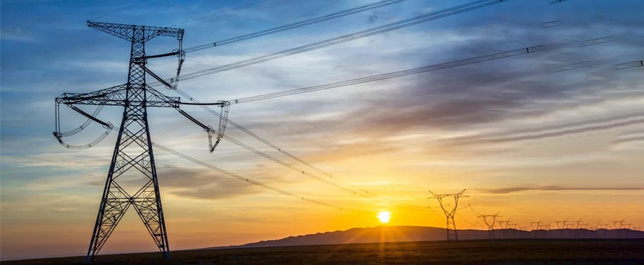




Product details

| IEC designation | U40B/110 | U70B/146 | U70B/127 | U100B/146 | U100B/127 | U120B/127 | U120B/146 | U160B/146 | U160B/155 | U160B/170 | |
| Diameter D | mm | 178 | 255 | 255 | 255 | 255 | 255 | 255 | 280 | 280 | 280 |
| Height H | mm | 110 | 146 | 127 | 146 | 127 | 127 | 146 | 146 | 155 | 170 |
| Creepage distance L | mm | 185 | 320 | 320 | 320 | 320 | 320 | 320 | 400 | 400 | 400 |
| Socket coupling | mm | 11 | 16 | 16 | 16 | 16 | 16 | 16 | 20 | 20 | 20 |
| Mechanical failing load | kn | 40 | 70 | 70 | 100 | 100 | 120 | 120 | 160 | 160 | 160 |
| Mechanical routine test | kn | 20 | 35 | 35 | 50 | 50 | 60 | 60 | 80 | 80 | 80 |
| Wet power frequency withstand voltage | kv | 25 | 40 | 40 | 40 | 40 | 40 | 40 | 45 | 45 | 45 |
| Dry lightning impulse withstand voltage | kv | 50 | 100 | 100 | 100 | 100 | 100 | 100 | 110 | 110 | 110 |
| Impulse puncture voltage | P.U | 2.8 | 2.8 | 2.8 | 2.8 | 2.8 | 2.8 | 2.8 | 2.8 | 2.8 | 2.8 |
| Power frequency puncture voltage | kv | 90 | 130 | 130 | 130 | 130 | 130 | 130 | 130 | 130 | 130 |
| Radio influence voltage | μv | 50 | 50 | 50 | 50 | 50 | 50 | 50 | 50 | 50 | 50 |
| Corona visual test | kv | 18/22 | 18/22 | 18/22 | 18/22 | 18/22 | 18/22 | 18/22 | 18/22 | 18/22 | 18/22 |
| Power frequency electric arc voltage | ka | 0.12s/20kA | 0.12s/20kA | 0.12s/20kA | 0.12s/20kA | 0.12s/20kA | 0.12s/20Ka | 0.12s/20Ka | 0.12s/20Ka | 0.12s/20Ka | 0.12s/20Ka |
| Net weight per unit | kg | 2.1 | 3.6 | 3.5 | 4 | 4 | 4 | 4 | 6.7 | 6.6 | 6.7 |
The history of glass insulators can be traced back to the 19th century, when the power system was just beginning to be established. At that time, wooden and ceramic insulators were the main choices, but they had some problems, such as being fragile, easily contaminated, and fragile. Therefore, glass insulators have emerged as a new type of insulation material.Glass insulators are electrical insulation devices used in power transmission and distribution systems. It is made of hard glass and has good physical and electrical properties. Glass insulators are mainly used to support wires and insulated wires, as well as to fix power equipment.
The composition of glass insulators usually includes two parts: the insulator body and metal accessories. The insulator body is made of hard glass and can withstand high temperatures and pressures. Metal accessories are usually made of zinc and aluminum alloys, used to connect and support the insulator body.
Glass insulators have many advantages. Firstly, they have excellent mechanical strength and heat resistance. This allows them to withstand high temperatures and pressures while maintaining stable electrical performance. Secondly, they have excellent anti pollution performance. Compared with other insulation materials, glass insulators are easier to clean and less prone to accumulating dust and impurities. In addition, glass insulators can be used for a long time without aging or deterioration, so they can be used in power systems for many years.
However, glass insulators also have some drawbacks. Firstly, they are more expensive than other materials. Secondly, they are relatively fragile and prone to breakage during installation or use. In addition, glass insulators are heavier than other materials, which may increase the difficulty of installation and maintenance.
Overall, glass insulators have become an important component of the power system. They have good electrical and mechanical properties and can be used to support and fix power equipment. Although they are more expensive and fragile than other insulation materials, their advantages are still sufficient to make them * * insulation materials in the power system.
Product Message




